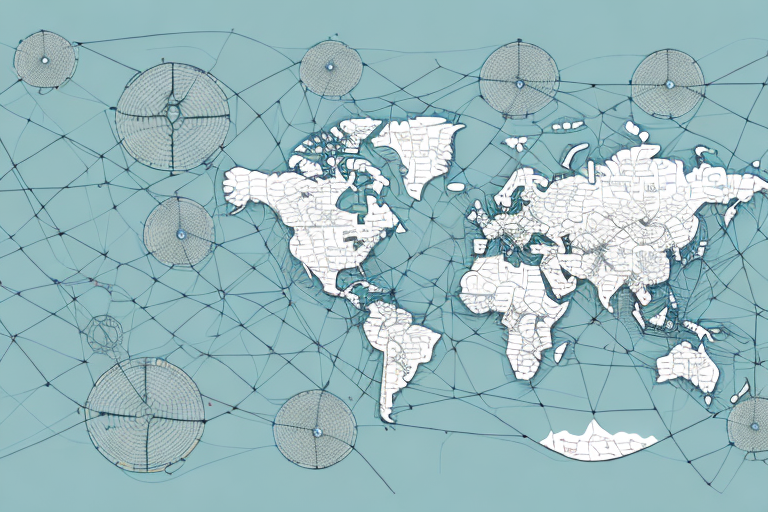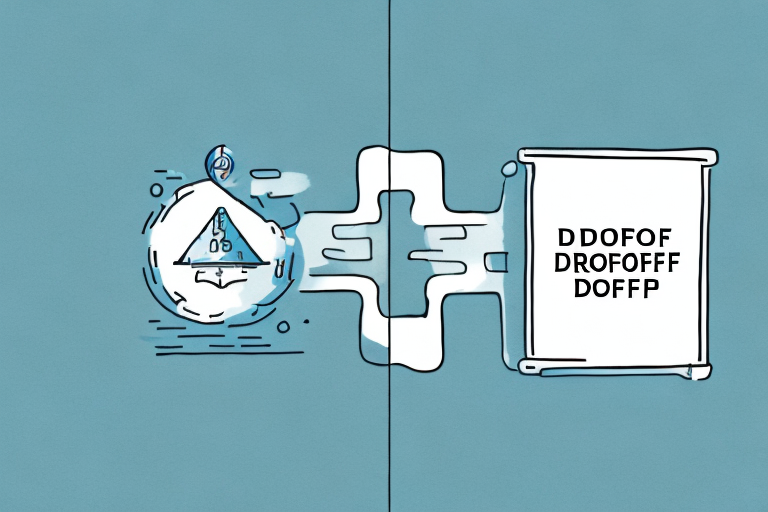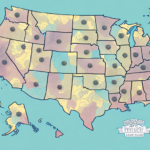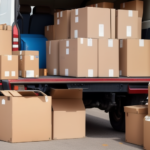Understanding Maximum Distance Limits for Delivery Services
In the dynamic world of delivery services, distance restrictions play a pivotal role in maintaining operational efficiency and customer satisfaction. This article delves into the intricacies of distance limits between pickup and drop-off addresses, offering comprehensive insights and practical tips for both service providers and customers.
Importance of Distance Restrictions in Delivery Services
Enhancing Operational Efficiency
The distance between pickup and drop-off points significantly influences the efficiency of a delivery service. Shorter distances allow for quicker deliveries, enabling companies to handle more orders within a given timeframe. According to a recent industry report, optimizing delivery routes can reduce fuel consumption by up to 15%, leading to substantial cost savings.
Optimizing Resource Allocation
By enforcing distance restrictions, delivery companies can better allocate their resources, such as vehicles and personnel. This optimization not only minimizes operational costs but also reduces the environmental impact, aligning with sustainability goals.
Maintaining Customer Satisfaction
Maintaining manageable delivery times through distance restrictions ensures that customers receive their orders promptly, boosting satisfaction and loyalty. Extended delivery times due to excessive distances can lead to customer dissatisfaction and potential loss of business.
Factors Determining Maximum Distance Limits
Mode of Transportation
The type of transportation used by a delivery service greatly affects distance restrictions. For instance, bicycle and motorcycle couriers typically cover shorter distances compared to delivery vans or trucks. This is due to the varying speeds and maneuverability of different transport modes.
Delivery Time Expectations
Services offering same-day or next-day deliveries often impose stricter distance limits to meet tight timeframes. In contrast, standard delivery services may accommodate longer distances due to more flexible delivery schedules.
Type of Goods
The nature of the items being delivered also influences distance limits. Perishable or fragile goods necessitate shorter delivery ranges to ensure their integrity upon arrival.
Geographical Considerations
Urban areas with high traffic congestion may have shorter distance restrictions compared to rural regions with less traffic, impacting the overall delivery strategy of service providers.
Technological Advancements in Enforcing Distance Limits
GPS Tracking and Route Optimization
Modern delivery services leverage GPS technology to monitor and optimize delivery routes in real-time. This ensures that drivers adhere to designated distance limits while maintaining efficient delivery schedules.
According to a Geospatial World article, companies utilizing advanced GPS systems have seen a 20% increase in delivery efficiency.
Geofencing Technology
Geofencing creates virtual boundaries around specific areas, triggering alerts if delivery personnel attempt to exceed designated zones. This technology not only enforces distance limits but also enhances overall operational control.
Consequences of Exceeding Distance Limits
For Delivery Service Providers
Violating distance restrictions can lead to operational inefficiencies, increased costs, and potential reputational damage. Companies may face penalties, reduced driver wages, or even termination of contracts with consistently non-compliant employees.
For Customers
Customers may experience delays in their deliveries or incur additional fees for exceeding distance limits. Repeated violations can result in account suspensions or bans from the service.
Legal Implications
Exceeding distance limits can have legal consequences, especially if it leads to accidents or delivery of damaged goods. Both service providers and customers may face liabilities in such scenarios.
Future Trends in Delivery Distance Regulations
Integration of AI and Machine Learning
Artificial Intelligence (AI) and machine learning are set to revolutionize delivery services by predicting optimal delivery routes and dynamically adjusting distance limits based on real-time data.
Drone and Autonomous Deliveries
The advent of drone and autonomous vehicle deliveries may redefine traditional distance restrictions, allowing for faster and more flexible delivery options across greater distances.
Sustainability Initiatives
Future regulations will likely emphasize sustainability, encouraging delivery services to minimize their carbon footprint through efficient distance management and green transportation methods.
Choosing the Right Delivery Service for Your Needs
Assessing Distance Requirements
When selecting a delivery service, it is crucial to evaluate whether the provider operates within your desired distance range. Reviewing their service areas and distance policies can prevent potential inconveniences.
Cost Considerations
Delivery costs often vary based on distance. Comparing pricing structures of different providers can help you find a service that aligns with your budget while meeting your distance requirements.
Service Reliability and Tracking
Opt for delivery services that offer reliable tracking options. Real-time tracking provides transparency and allows you to monitor your delivery’s progress, ensuring peace of mind.
Conclusion
Understanding and adhering to maximum distance limits is essential for both delivery service providers and customers. These restrictions enhance operational efficiency, optimize resource allocation, and ensure customer satisfaction. As technology continues to evolve, so will the strategies for managing delivery distances, promising even more efficient and sustainable delivery solutions in the future.




















